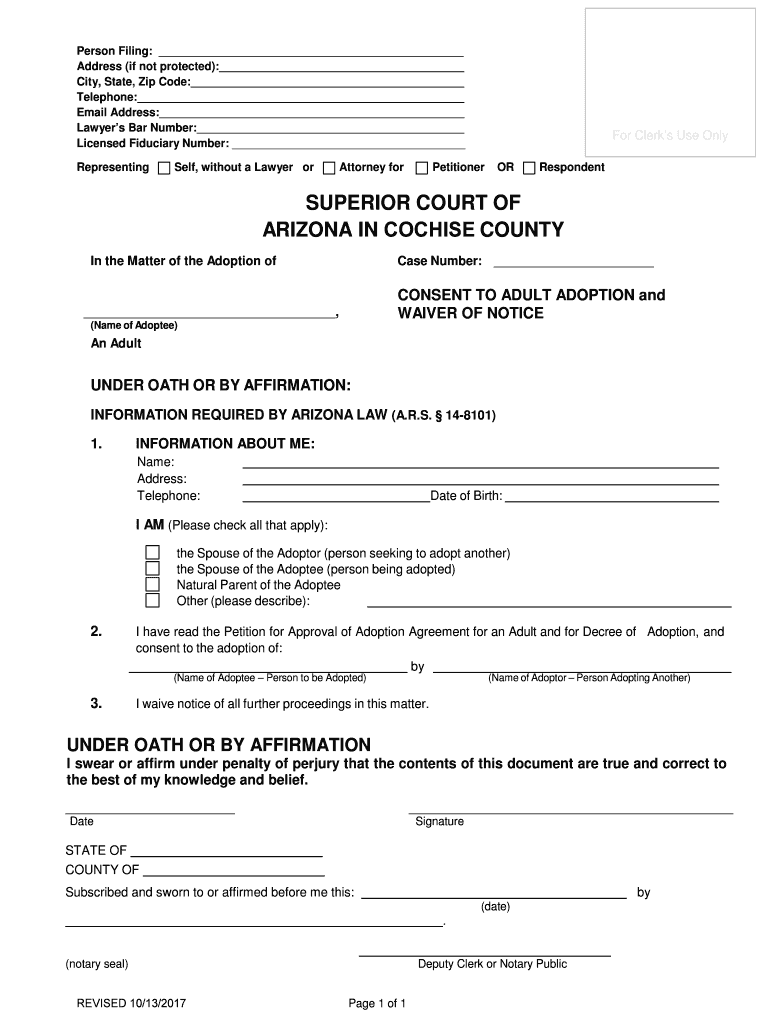Adoption Paperwork: Where Does It Go?

In the complex journey of adoption, one of the most crucial elements is the paperwork. This isn't merely a stack of documents but the foundation upon which the entire adoption process is built. Understanding where this paperwork goes and how it functions can alleviate some of the stress associated with adoption proceedings. Let's delve into the process step by step.
Understanding Adoption Documentation

Adoption paperwork is extensive because it serves several purposes:
- It establishes legal relationships between adoptees, adoptive parents, and possibly birth parents.
- It ensures the child’s identity and history are preserved.
- It verifies compliance with local, state, and sometimes international laws regarding adoption.
Types of Adoption Documents

A typical adoption case might involve:
- Birth certificate of the child
- Consent forms from birth parents
- Home study reports
- Background checks for adoptive parents
- Court orders and decrees
- International adoptions might include additional documents like a Hague adoption certificate.
The Journey of Adoption Documents

The lifecycle of adoption paperwork can be quite intricate:
Initial Gathering

Potential adoptive parents or agencies gather all necessary documents. This stage includes:
- Collecting personal information from the adoptive parents
- Obtaining consents, relinquishments, or terminations of parental rights from birth parents
- Conducting and preparing the home study
📝 Note: Accuracy and completeness at this stage are paramount to prevent delays or legal complications.
Agency and Lawyer Review

These documents are then scrutinized by adoption agencies or legal representatives:
- To ensure all necessary documents are present
- To check for compliance with legal standards
- To prepare for submission to courts or other authorities
Submission to Authorities

Depending on the adoption type:
- Domestic adoptions: Documents go to local courts or family law divisions.
- International adoptions: Documents might need to be sent to foreign courts, consulates, or through the Central Authority as per the Hague Convention.
| Entity | Documents Typically Sent |
|---|---|
| Domestic Court |
|
| Foreign Authority |
|

Court Review and Hearings

Once submitted, the court or equivalent authority reviews the documents:
- Ensures all legal requirements are met
- Schedules hearings or further proceedings
After Court Approval

Upon finalization:
- A new birth certificate is issued, reflecting the new parent-child relationship.
- Adoption decrees are distributed to all relevant parties.
- In international cases, the child’s visa status might need adjustment for immigration purposes.
Storage and Accessibility

Adoption files are stored securely:
- Some agencies maintain archives for a specified period
- Courts keep official records indefinitely
- Adoptive parents typically receive copies of key documents
🔐 Note: Access to these records can be restricted, especially for older adoptions, to protect the privacy of all involved parties.
The Digitalization of Adoption Paperwork

Many adoption services and courts are transitioning to:
- E-filing systems for initial document submissions
- Online databases for record keeping and access
There are several key benefits:
- Speed of communication and processing
- Reduced risk of document loss or damage
- Accessibility to records when needed
This shift also presents challenges:
- Data security and privacy concerns
- Ensuring electronic documents are as legally binding as paper
As we’ve navigated the journey of adoption paperwork, it’s evident that these documents serve as the backbone of the adoption process, ensuring legal protections, preserving identity, and facilitating a smooth transition into families. While the paperwork can seem daunting, understanding where it goes, how it’s used, and why it’s so important helps demystify the process for hopeful parents and those navigating adoption journeys. In summary, adoption paperwork follows a detailed path from collection to final storage, involving multiple entities and authorities to ensure every step of the process is legally sound and emotionally respectful to all parties involved.
What happens to birth parents’ consent forms?

+
Consent forms from birth parents are crucial legal documents that are reviewed by the court to ensure the adoption meets legal standards. After court approval, these forms are typically archived with other adoption records, maintaining their privacy and legal significance.
Can I access my adoption records as an adoptee?

+
Access to adoption records varies by state and country. Some jurisdictions allow adoptees access upon reaching adulthood, while others require legal or mediation processes. Laws are evolving, with more regions opening up access to adoptees.
How long does the adoption process take due to paperwork?

+
The duration can vary significantly due to factors like paperwork complexity, legal reviews, court backlogs, and waiting periods mandated by law. Domestic adoptions might take 6-18 months, while international adoptions can take longer due to additional international compliance requirements.



